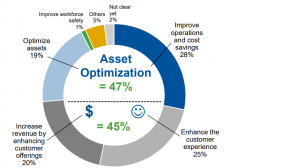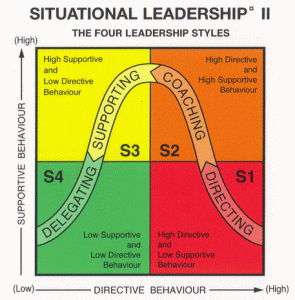To begin to answer let’s think about 2 other questions:
1. Why do businesses buy anything?
2. Why do businesses exist?
In reverse order; the main reason that businesses exist is to generate profit, and the main reason businesses buy things is to help to generate that profit by increasing revenue, decreasing costs or both.
Companies are buying IoT solutions for the same reasons.
Now to the following questions:
How do businesses increase revenue?
1. Increase the number of customers.
2. Increase the average transaction value.
3. Increase the frequency of transactions per customer.
4. Increase the prices.
How do business decrease cost?
1. Reduce the fix cost
2. Reduce the variable cost
There is also an emotional factor which seems less important when making business decisions but it still exists. For example, it is much easier to sell to a business if you are liked and trusted by the decision maker.
Based on the Gartner research the primary value generated from IoT activities is covering both areas:
• Increasing revenue and customer satisfaction – 45% of responses
• Decreasing costs and optimising assets – 47% of responses
The graph above shows clearly that IoT solutions are delivering according to expectations and are addressing the two basic reasons that businesses buy.
However, there is one more interesting aspect of an IoT solution implementation: its impact on company’s enterprise business applications (ERP, manufacturing execution system, CRM and asset management).
It is well documented that the implementation of an IoT solution will impact how the company operates, but in my opinion, the impact is much greater than had been anticipated.
The IoT is becoming the driving factor in optimising business processes and maximising business


